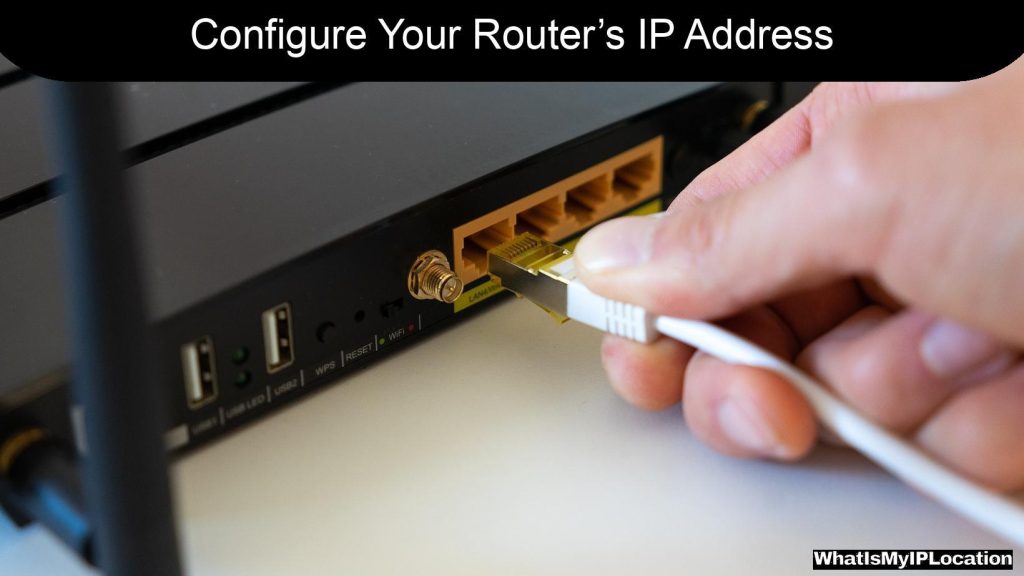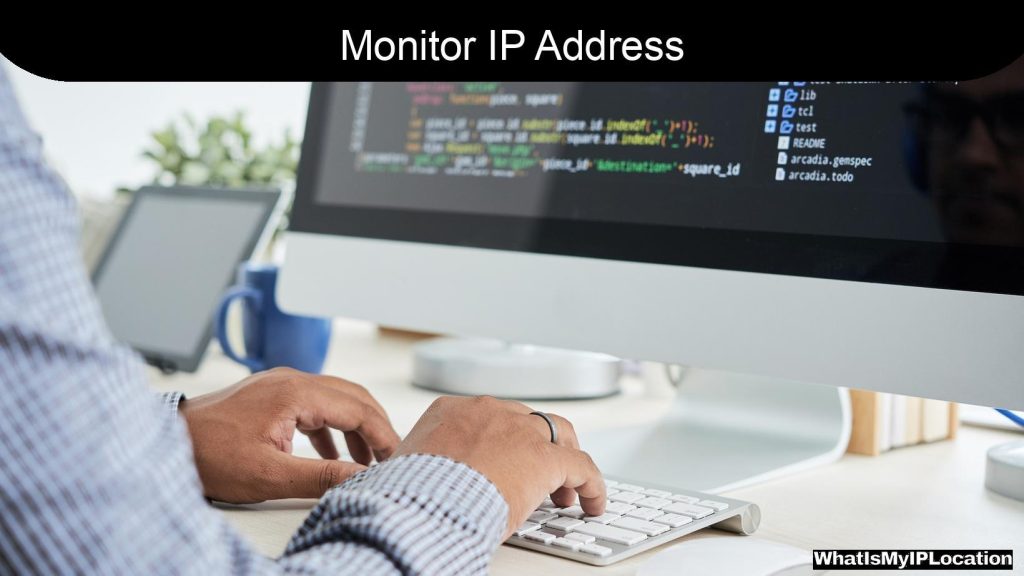Regularly update your software and back up important files to secure them against ransomware attacks. Utilize strong, unique passwords and employ robust antivirus solutions to enhance your cybersecurity measures.
Ransomware is a nasty piece of work. It locks up your files and demands a ransom to get them back. No one wants to deal with that! But don’t worry; there are plenty of ways to protect yourself. Let’s break it down into some easy-to-follow steps.
What is Ransomware?
Before we dive into the steps, let’s quickly chat about what ransomware actually is. Imagine waking up one day to find that all your important files—photos, documents, everything—are locked up tight. You can’t access them unless you pay some shady hacker a bunch of money. That’s ransomware in a nutshell. It’s like a digital hostage situation, and it can happen to anyone.
Why You Should Care
You might think, “I’m just a regular person; why would anyone target me?” Well, the truth is, ransomware doesn’t discriminate. It can hit individuals, small businesses, and even big corporations. The damage can be huge, both financially and emotionally. So, it’s super important to take steps to protect yourself.
Proven Steps to Protect Yourself from Ransomware
1. Keep Your Software Updated
One of the easiest ways to stay safe is to keep your software up to date. Software companies regularly release updates to fix security holes. If you ignore these updates, you’re leaving the door wide open for hackers. So, make it a habit to check for updates regularly.
2. Use Strong Passwords
Let’s face it: “123456” isn’t going to cut it. Strong passwords are your first line of defense. Use a mix of letters, numbers, and symbols. And don’t use the same password for everything! Consider using a password manager to keep track of your passwords securely.
3. Enable Two-Factor Authentication (2FA)
Two-factor authentication adds an extra layer of security. Even if someone gets your password, they’ll still need a second form of verification to access your account. This could be a text message, an email, or an app notification. It’s like having a double lock on your front door!
4. Back Up Your Data Regularly
Imagine losing all your important files because of a ransomware attack. Yikes! To avoid that nightmare, back up your data regularly. Use an external hard drive or a cloud service. Just make sure your backups are not connected to your main system when you’re not using them. That way, if you do get hit, you can restore your files without paying a dime.
5. Be Wary of Phishing Scams
Phishing scams are one of the most common ways ransomware gets into your system. These scams often come in the form of emails that look legit but are actually traps. Always double-check the sender’s email address and avoid clicking on suspicious links. If something feels off, trust your gut!
6. Use Antivirus Software
Investing in good antivirus software is a smart move. It can help detect and block ransomware before it has a chance to do any damage. Make sure to keep your antivirus updated, too, so it can catch the latest threats.
7. Limit User Privileges
If you’re running a business, make sure to limit user privileges. Not everyone needs access to everything. By restricting access, you can minimize the risk of a ransomware attack spreading through your network. It’s like giving everyone their own key to only the rooms they need.
8. Educate Yourself and Your Team
Knowledge is power! Take the time to educate yourself and your team about ransomware and how to avoid it. Regular training sessions can help everyone recognize potential threats and know what to do if they encounter one.
9. Monitor Your Network
Keep an eye on your network for any unusual activity. If you notice something strange, investigate it right away. Early detection can make a huge difference in stopping a ransomware attack before it escalates.
10. Have a Response Plan
Even with all these precautions, there’s still a chance you could get hit. That’s why it’s crucial to have a response plan in place. Know who to contact, what steps to take, and how to recover your data. Being prepared can save you a lot of stress down the line.
FAQs About Ransomware Protection
What should I do if I get hit by ransomware?
First, don’t panic! Disconnect your device from the internet to prevent the ransomware from spreading. Then, report the attack to the authorities and seek professional help to recover your files.
Can I get my files back without paying the ransom?
Sometimes, yes! If you have backups, you can restore your files without paying. There are also tools available that can help decrypt certain types of ransomware, but they don’t work for all variants.
Is it safe to pay the ransom?
Paying the ransom is risky. There’s no guarantee you’ll get your files back, and it could encourage more attacks.


